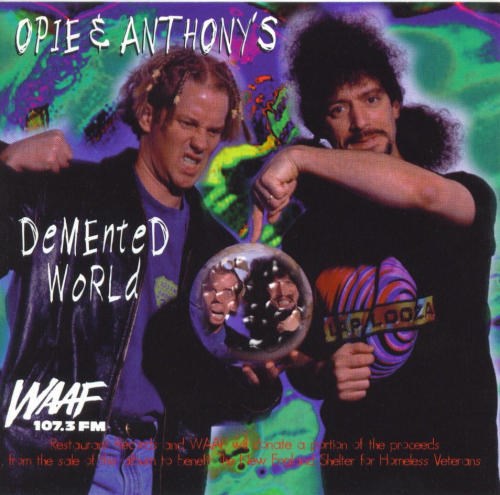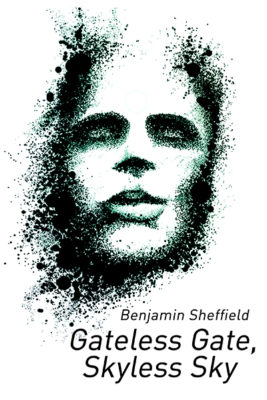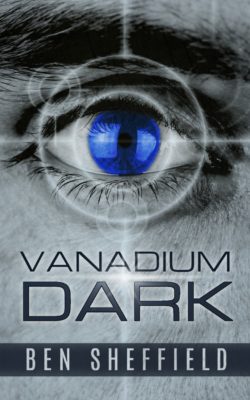 This is a 1997 CD by shock jock duo Opie and Anthony, containing clips from their WAAF show in Boston.
This is a 1997 CD by shock jock duo Opie and Anthony, containing clips from their WAAF show in Boston.
At their best, O&A had a sense of nastiness and cruelty that was cathartic. Opie once said that he didn’t give a fuck if guests on the show cried, all he cared about was the ticking clock on the wall. He had to fill four hours per day with funny material, and if you weren’t entertaining, he’d make you entertaining, god save your soul. Countless guests fell prey to that clock. They’d screw up, get slow and boring, and then the knives would come out. Whether you were a Hollywood A-lister or a no-name author with a book to promote, Opie and Anthony had one law. “Bring us food, or become food yourself.”
…But that was at their peak (2005). In 1997, they were mostly doing stupid fucking hack (they themselves admit it. As they grew more sophisticated, they spent a lot of hours riffing on their WAAF era). “100 Grand” pretty much sets the tone. An eye-rollingly fake prank call where they trick some guy into thinking he won $100,000. The big reveal: he actually won a 100 Grand candy bar. Hahaha! KERR-RAY-ZEE!!!
Sometimes its nostalgic, in a rotary telephone kind of way. This kind of radio was almost like the internet before there was an internet: sliced-up, rapidly consumable “content kibble” that can be enjoyed with little thought or effort. Sometimes its just embarassing and cringeworthy. All you can say about early O&A is that, by the standards of the time, they were not an exceptionally bad radio show.
Let’s talk about the term “shock jock”. In computer programming, it’s usually bad practice to name files “new” or “latest”. The code will eventually become obsolete, you’ll probably forget to change the name, and soon you’ll have a file called LATEST-NEW-UPDATED25314.c that was created during the K-T extinction event and has been replaced ten times.
Likewise, it’s probably a bad idea to call yourself “shocking”. The waterline of shock rises higher each year, and a person raised on the internet will only be “shocked” to the extent that this stuff was once considered edgy. Prank calls. Parody songs. Bra bombing. How old would you have to be to find this stuff offensive? Are there even that many years on a calendar?
Opie’s voice is disturbingly different – he sounds like he’s been huffing helium. Anthony is far quicker and more energetic than he is now – firing off lines like rabbit punches instead of drawling them out. This is years before meaty-breasted third mic Jim Norton entered the picture, and you really feel his absence. All those little pauses really cry to have Jim filling them with lines.
It’s fascinating relic for the hardcore O&A fan. But honestly, nearly everything O&A did in their “classic” period is unlistenable in 2016. Partly it’s the lack of Jim. Partly it’s the FCC’s jackboot on their neck (this stuff should be way filthier than it is). Mostly it’s just that 1997 was twenty years ago, and that zany 90s vibe now seem like transmissions from a distant planet.
Although a modern day O&A fan will hardly recognise the b-b-boys, it’s an interesting look back at the days when radio was ruled by Howard Stern. Speaking of obsolete terms, here’s another one…”the king of all media.”
No Comments »

